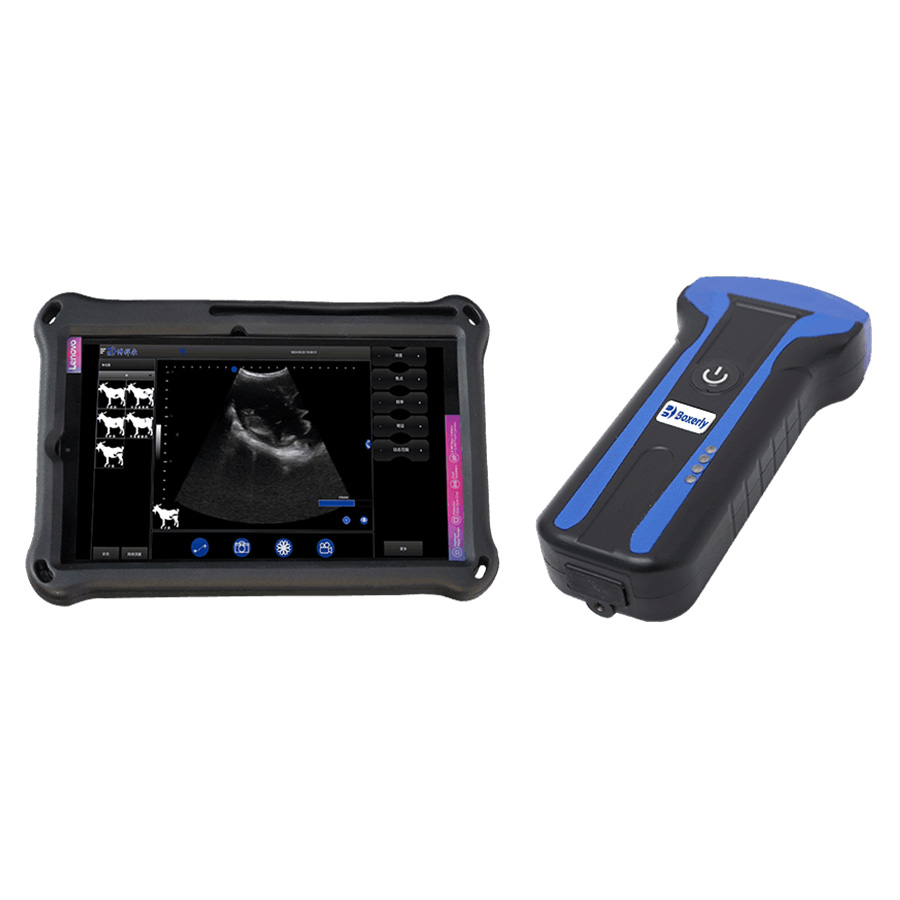When it comes to the health and well-being of small animals, early and accurate diagnosis is crucial. Small animal diagnostic ultrasound has become a cornerstone in veterinary care, providing non-invasive, detailed insights into the internal conditions of pets. This guide will explain the importance of diagnostic ultrasound for small animals, how it works, what to expect during the procedure, and the benefits it offers to both pets and owners.

What is Small Animal Diagnostic Ultrasound?
Small animal diagnostic ultrasound is a powerful imaging technique used by veterinarians to visualize internal organs and tissues in real time. It uses high-frequency sound waves to create detailed images of the body’s soft tissues, such as the heart, liver, kidneys, bladder, and intestines. Unlike X-rays, which primarily show bones, ultrasound provides clear pictures of internal organs and structures, making it essential for diagnosing a wide range of conditions.
Why Is Ultrasound Important in Veterinary Medicine?
Ultrasound offers a non-invasive, pain-free way to diagnose issues that may not be apparent through physical examinations or other diagnostic methods like blood tests or X-rays. Some common uses of small animal ultrasound include:
- Abdominal health checks: Ultrasound can help identify problems in the liver, kidneys, intestines, and bladder. This is particularly important for detecting tumors, inflammation, or blockages.
- Cardiac evaluation: Echocardiograms, a specialized form of ultrasound, allow veterinarians to evaluate the structure and function of the heart.
- Pregnancy diagnosis: Ultrasound is often used to confirm pregnancy in dogs, cats, and other small animals, as well as to monitor fetal development.
- Emergency situations: In emergency cases, ultrasound can quickly assess the internal state of an animal in distress, such as identifying internal bleeding or organ rupture.
How Does Small Animal Ultrasound Work?
The procedure involves a veterinarian or trained veterinary technician placing a small, handheld device called a transducer on the animal’s skin. The transducer emits sound waves that penetrate the body and bounce off internal tissues. These sound waves are then captured and converted into real-time images on a monitor.
To ensure good contact between the transducer and the skin, the fur is often shaved in the area where the ultrasound will be performed. A special gel is applied to the skin to help transmit the sound waves more effectively.
What to Expect During a Small Animal Ultrasound
Ultrasound is typically painless and non-invasive, making it a relatively stress-free experience for pets. Depending on the area being examined, the animal may need to lie on its side or back. Most animals tolerate the procedure well, but if the pet is anxious or in pain, mild sedation may be required to keep them comfortable and still.
The ultrasound typically takes between 20 to 40 minutes, depending on the complexity of the case. Afterward, the veterinarian will analyze the images and provide a diagnosis or recommend further testing if necessary.
Benefits of Small Animal Ultrasound
- Non-invasive: Unlike surgical exploration, ultrasound doesn’t require any incisions, which reduces recovery time and stress for the animal.
- Real-time imaging: Ultrasound provides real-time results, allowing veterinarians to make quick decisions in emergencies or during diagnostic evaluations.
- Safe and painless: Ultrasound is a safe procedure with no known harmful side effects. It does not use radiation, making it a suitable diagnostic tool for repeated use, even in pregnant animals.
- Versatility: Ultrasound can be used to examine a wide range of internal structures, making it a versatile tool for diagnosing various conditions, from organ problems to fluid buildup.
Conditions Commonly Diagnosed by Small Animal Ultrasound
- Liver disease: Ultrasound can detect liver abnormalities such as cysts, tumors, or inflammation.
- Kidney stones or infections: The procedure can help identify stones, infections, or changes in the kidney structure.
- Bladder stones: Veterinarians use ultrasound to detect stones or obstructions in the bladder.
- Tumors or masses: Ultrasound can detect the presence of tumors, including their size, location, and whether they are solid or fluid-filled.
- Cardiac issues: Echocardiograms provide essential information about the heart's chambers, valves, and overall function.
- Pregnancy: Early detection and monitoring of pregnancy help ensure both the mother and offspring are healthy throughout gestation.
FAQs About Small Animal Ultrasound
Is ultrasound safe for small animals?
Yes, diagnostic ultrasound is considered safe for small animals, as it uses sound waves, not radiation. There are no known risks associated with ultrasound for pets.
Does my pet need to be sedated for the ultrasound?
In most cases, sedation is not required. However, if your pet is particularly anxious or in pain, light sedation may be recommended to ensure they remain still for accurate imaging.
How should I prepare my pet for an ultrasound?
Preparation may vary depending on the area being examined. Your veterinarian may ask you to withhold food and water for a few hours before the procedure, especially for abdominal ultrasounds.
What happens after the ultrasound?
Once the ultrasound is complete, your veterinarian will review the images and discuss the findings with you. They may recommend further testing or treatment depending on the results.
Conclusion
Small animal diagnostic ultrasound is a vital tool in modern veterinary medicine, offering a safe, efficient, and non-invasive way to diagnose various health conditions. Whether your pet needs an abdominal exam, a cardiac evaluation, or pregnancy monitoring, ultrasound can provide invaluable insights into their health. If your veterinarian recommends an ultrasound, rest assured that this procedure can help detect problems early and guide effective treatment, improving your pet’s overall well-being.
By embracing small animal diagnostic ultrasound, pet owners can ensure that their furry companions receive the best possible care, leading to a healthier, happier life.









